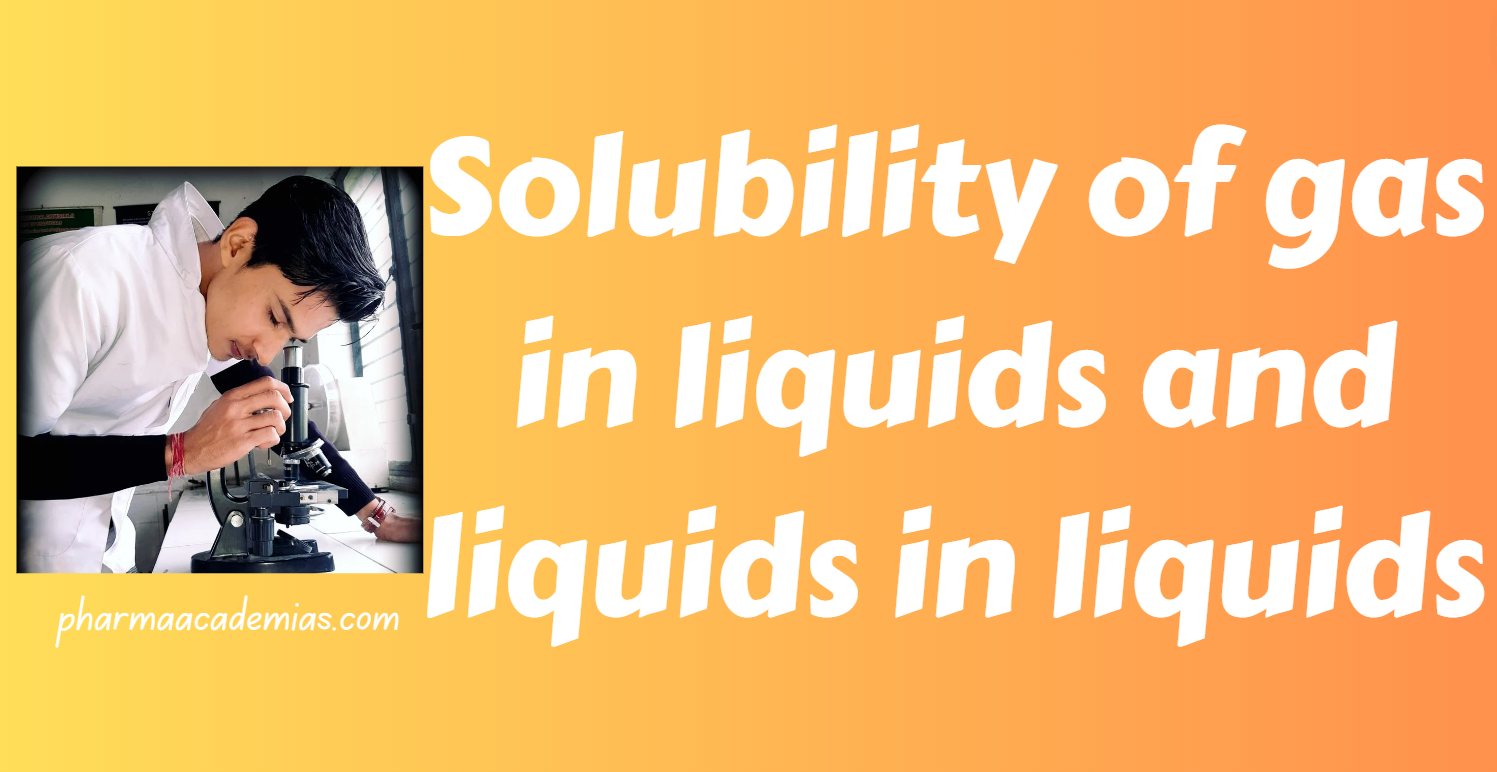Distribution Law
The Distribution Law, also known as the Partition Law or Nernst Distribution Law, is a fundamental concept in physical chemistry that elucidates the distribution of a solute between two immiscible solvents. Developed by Walther Nernst, this law plays a pivotal role in understanding the equilibrium distribution of substances in different phases. In this detailed note, … Read more










